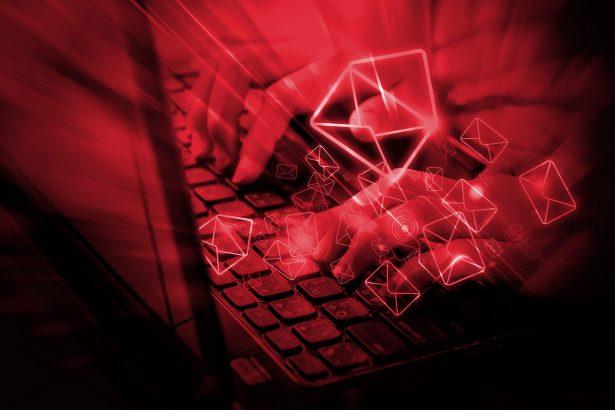In today’s interconnected digital world, cyber threats continue to evolve, with phishing attacks remaining a persistent and insidious menace. One such recent phishing campaign capitalizes on the trust associated with legitimate services like DocuSign, leveraging the guise of completing document transactions to deceive unsuspecting victims. The “DocuSign – Completed Document” email scam represents a significant threat, aiming to lure individuals into divulging sensitive information, ultimately leading to potential identity theft, financial losses, and other dire consequences.
Introduction to the Threat
The “DocuSign – Completed Document” email scam operates under the guise of a legitimate notification from DocuSign, a reputable electronic signature service widely used for document management and authentication. Upon receiving the email, recipients are prompted to believe that a document has been successfully signed and completed via DocuSign, leading them to click on a link to view the supposed completed document.
However, behind this seemingly innocuous facade lies a malicious scheme orchestrated by cybercriminals. Clicking on the provided link redirects users to a phishing website, masquerading as the trusted Microsoft SharePoint document management platform. This fraudulent site is meticulously designed to deceive users into entering their email credentials under the guise of accessing the purportedly completed document.
Actions and Consequences of the Malware
The consequences of falling victim to the “DocuSign – Completed Document” email scam can be severe and far-reaching. By unwittingly providing their email credentials on the phishing website, individuals expose themselves to a myriad of potential threats, including:
- Identity Theft: Cybercriminals can exploit compromised email accounts to perpetrate identity theft, using stolen information for fraudulent activities such as accessing financial accounts, applying for loans, or making unauthorized purchases.
- Financial Losses: Hijacked accounts can be leveraged to facilitate unauthorized transactions, leading to direct monetary losses for victims.
- Data Compromise: Confidential information stored in compromised accounts may be accessed by malicious actors, leading to the exposure of sensitive personal and professional data.
- Propagation of Malware: In some cases, phishing campaigns like this may serve as a gateway for the distribution of malware, allowing attackers to infect systems with viruses, ransomware, or other malicious software.
Detection Names and Similar Threats
Detection names for the “DocuSign – Completed Document” phishing email may vary depending on the security software in use. However, common indicators include terms such as “phishing,” “fraud,” or “social engineering.” Similar threats include other phishing campaigns masquerading as notifications from reputable companies or services, such as financial institutions, e-commerce platforms, or government agencies.
Removal Guide and Best Practices for Prevention
If you suspect that you have fallen victim to the “DocuSign – Completed Document” email scam, it is crucial to take immediate action to mitigate the potential damage and prevent further exploitation. Here is a comprehensive removal guide along with best practices for safeguarding against future infections:
- Change Passwords: Immediately change the passwords for all potentially compromised accounts, including email, financial, and social media accounts. Choose strong, unique passwords for each account to enhance security.
- Enable Two-Factor Authentication (2FA): Implement 2FA wherever possible to add an extra layer of security to your accounts. This additional authentication step can help prevent unauthorized access even if your password is compromised.
- Scan for Malware: Perform a thorough scan of your devices using reputable antivirus or anti-malware software to detect and remove any malicious software that may have been inadvertently installed.
- Review Account Activity: Regularly monitor your account activity for any suspicious or unauthorized transactions. Report any unusual activity to the respective service providers and take appropriate action to secure your accounts.
- Educate Yourself: Stay informed about the latest phishing tactics and cybersecurity best practices. Educate yourself and your colleagues or family members about the warning signs of phishing scams and how to avoid falling victim to them.
- Exercise Caution: Exercise caution when clicking on links or downloading attachments from unsolicited emails, especially those requesting sensitive information or urging urgent action. Verify the legitimacy of emails by contacting the purported sender through official channels.
- Keep Software Updated: Ensure that your operating system, web browsers, and security software are up-to-date with the latest patches and updates. Regularly install updates to mitigate vulnerabilities that could be exploited by cyber attackers.
By following these proactive measures and remaining vigilant against phishing attempts, individuals can significantly reduce their risk of falling victim to malicious schemes like the “DocuSign – Completed Document” email scam.
In conclusion, the “DocuSign – Completed Document” email scam serves as a stark reminder of the ongoing threat posed by phishing attacks in today’s digital landscape. By staying informed, exercising caution, and implementing robust security measures, individuals can better protect themselves against these insidious cyber threats and safeguard their personal and financial well-being.




